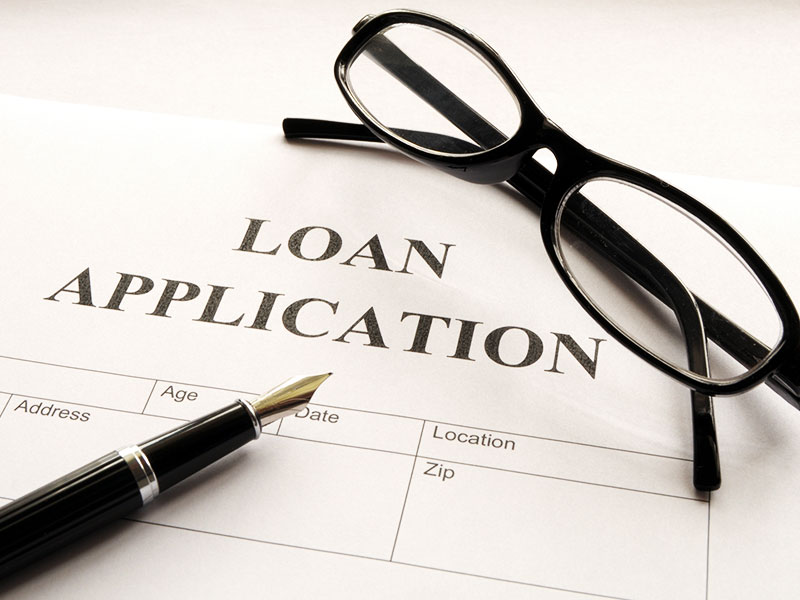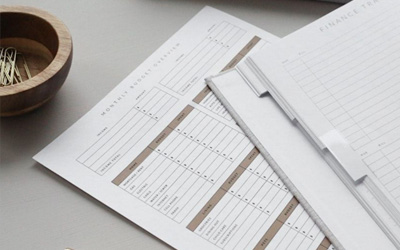Arguably the most common question or misconception in this industry is exactly how finance or borrowing to buy property in SMSF actually works.
One of the beauties of having a self-managed superannuation fund is the ability to leverage your super, by borrowing money from a lender, to be able to make more sizable investment purchases, such as Australian residential houses and land.
So What Does Borrowing To Buy Property In SMSF Mean?
Borrowing money through a self-managed superannuation fund for something like the purchase of a home is not traditionally structured like a loan for property investment.
The loan is instead far more similar in its structure to a commercial loan. Imagine you were going to buy a tractor from John Deer for your farm, or a ute from the Toyota dealership for your painting business. You would go in with your business’s credentials, ABN number, trading history and you would put down a small deposit of the value of the tractor or ute, then the seller would finance you the remainder of that purchase, with an agreed weekly or monthly repayment to be made over a pre-agreed period of time.
The lender may be willing to borrow money from your SMSF for the sole and only purpose of buying the property that you have proposed. The lender (bank) will hold a security (mortgage) over that property and technically it is the bank that owns the property, not your super fund until the final loan repayment is made. Then the SMSF is discharged from the loan and becomes the owner of the investment/property moving forward.
There are many rules and regulations around what type, style, age and location of property you are able to get financed for through a self-managed superannuation fund. This has become increasingly difficult over the last 5 years and lending regulations have tightened and most of the big banks no longer offer a product in this space. 99% of SMSF lending is now written by 3 institutions; La Trobe Financial, St George Bank & Liberty.
SMSF borrowing is most similar in its structure to a secured business investment loan, it’s why the interest rates are significantly higher than traditional home borrowing. Home Loans in the modern day are anywhere from 2% to 3% depending on the circumstance. Whereas borrowing money through a self-managed superannuation fund is usually between 5.5% to 6% interest, due to being a loan offered to a corporation, not a human and is not asset-backed by any of the borrower‘s (your) personal assets e.g. Own Home, Cars, Boats etc.
The true beauty of being able to borrow through your SMSF, and the reason it has become one of the fastest-growing financial services sectors in this country, is because it has the potential to massively accelerate the growth of your super, allowing you to not only profit from the growth of the super funds you had to start with but also to make a profitable return from monies borrowed as well.
Please see an example below.
If you were to invest in a high growth, high yielding investment property, then you should expect to receive approximately a 5% – 5.5% rent yield PA combined with 6% – 6.5% capital growth PA, creating a 11-12% Gross Return PA.
Therefore if you started with $200,000 in super, your super would be growing by $20-25,000 each year. However if you bought a $500,000 house and took a $300,000 loan @ 5.5% interest rate then you would also be making another $15-20,000 a year growth off of the monies you have borrowed.
This example shows you a return of $35-45,000 in your first year of owning a property through your SMSF which is a 17.5% to 22.5% growth on the original $200,000 you started with. These numbers would likely be significantly higher than what is being achieved in your current retail structure at present.
For more information, contact the team at Corbwood & Associates today.
You May Also Like…
Common Mistakes When Buying an SMSF Property
Buying property through your SMSF is quite complex, but there are many common mistakes when buying an SMSF property...
The Do’s and Don’ts Of Investing In Property Through A Self Managed Super Fund (SMSF)
If you’re considering investing through your self-managed super fund, you’re probably wondering about the do's and...
How Much Super Do I Need to Invest in Property?
For the majority of us, buying property as an investment is something we would love to include as part of our...




